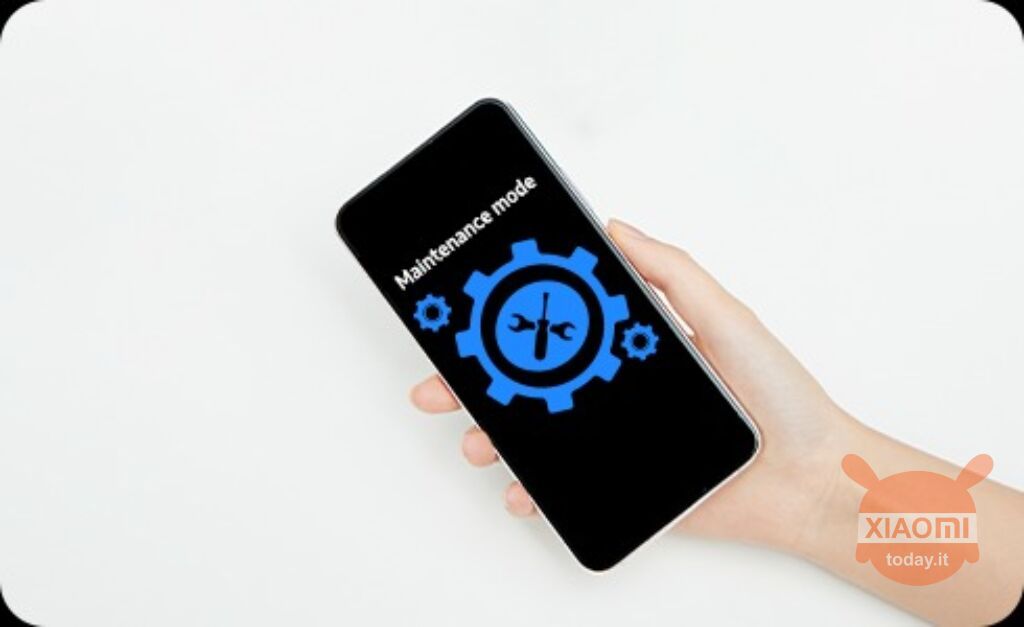
Android introduced native support for a feature that promises to change the way you approach repairs: the mode riparazione o repair mode. This tool was designed with users' needs and concerns in mind. But how does this mode work, what are the benefits it offers and the potential implications for those who use Android devices? Here are the answers below.
Topics of this article:
What is Android Repair Mode?
Repair Mode isn't just another update; It's a practical solution to a common problem that many users face when sending their devices in for service. In the past, the main concern was to protect your privacy.
With repair mode, Android ensures that, during the repair phase, technicians cannot access sensitive information, such as personal applications or user data. This feature eliminates the need to erase data before sending the device for service, providing unprecedented peace of mind.
How does repair mode work?
Building on a well-established mechanism, Dynamic System Updates (DSU), Android has made some key changes to implement repair mode. Instead of starting a Generic System Image (GSI), as is normally done with DSU, Android uses the original system image, combining it with a new image userdata. This process creates an environment that Effectively simulates a factory reset, while maintaining the original integrity of the system.

Read also: Android 14 improves app management in an ABSURD way
The procedure for activating repair mode is designed to be intuitive. When a user decides to use this mode, the system requires lock screen credential. Once provided, this information is stored in a specific location (/metadata/repair-mode) and remains protected even if the device is restarted. When the device is ready to return to normal mode, the user must simply re-enter your lock screen credential previously configured.
Current situation and comparison with other solutions on Android
Although repair mode is new to AOSP, it is not a completely new function in the Android world. Some manufacturers, such as Samsung, have already introduced similar solutions to meet the needs of their customers. For example, Samsung has developed “Maintenance Mode” for its One UI interface, offering similar functionality. This led AOSP to disable this feature by default, giving manufacturers the freedom to choose.
What's missing in AOSP?
While AOSP has made great strides integrating repair mode, there are still some areas where development is ongoing. Two key components: integration into system settings e a dedicated application to boot into repair mode, are currently under investigation. The Android 14 QPR1 beta builds for Pixel have already introduced integration in settings, but the dedicated application is still in development.








